Testosterone is the main sex hormone in humans, it plays a key role in the development of male reproductive tissues such as the testicles and prostate and both in women, as well as promoting secondary sexual characteristics such as muscle growth and bone mass and body hair for humans.
Additionally, testosterone is involved in health and well-being and the prevention of osteoporosis in both sexes. Insufficient levels of testosterone (Sustanon) in men can lead to abnormalities including frailty and bone loss.
Testosterone – has pronounced anabolic properties: increases muscle mass, accelerates protein synthesis, increases the recovery rate and glycogen supply in the muscles, etc.
Testosterone controls an infinite number of processes in the body, which is the most common hormone in our body that is always necessary, because testosterone drugs are used as a basis by both elderly people with age-related hypogonadism and athletes following a steroid cycle.
Testosterone binds to androgen receptors and is a precursor to another biologically active androgen, dihydrotestosterone, which is formed by exposure to the 5α-reduction enzyme testosterone (Sustanon). Dihydrotestosterone has a 5-fold greater ability to bind to androgen receptors. Under the influence of these hormones, the receptor changes its structure and transmits a signal to the cell nucleus, where androgenic effects are achieved by modifying the activity of some DNA genes.
Testosterone can be converted into estrogen under the influence of aromatase (this feature is called aromatization).
Predominantly estrogens, rather than testosterone (Sustanon), activate feedback through the hypothalamic-pituitary-testis axis and suppress endogenous testosterone secretion when exogenous drugs are administered.
STEROID PROFILE:
Aromatization (conversion to estrogen): high.
Hypothalamic-pituitary-testis axis suppression: Strong.
Liver toxicity: low.
Method of administration: injections.
EFFECTS OF TESTOSTERONE:
Increased muscle mass.
Testosterone is involved in the development of male genital organs, secondary sexual characteristics: low voice, masculine facial features, male-type hair growth and so on;
Provides spermatogenesis and male behavior (sexual, aggression, decisiveness).
Increased muscle mass.
Burning fat.
Increased strength indicators.
Increases libido.
Reduce blood cholesterol levels.
Reduce the risk of ischemic heart disease and coronary heart disease.
Stimulation of erythropoiesis and male-like distribution of subcutaneous adipose tissue.
Influences nitrogen and phosphorus metabolism;
SIDE EFFECTS:
Increased blood pressure.
Increased sexual behavior.
Hemoconcentration (blood clotting).
Possibility of blood clots in arterial and venous vessels.
Accumulation of water (edema).
Masculinization.
Aggression, agitation, irritability.
Alopecia (baldness of the scalp).
Acne (acne).
Insomnia (rare).
MEDICAL USE:
Testosterone is included in the World Health Organization’s list of essential drugs, which are the most important drugs needed in a basic healthcare system, hence the opinion that it is the only anabolic steroid to make muscles bigger and stronger is wrong, it is a vital hormonal drug.
Testosterone is used as a drug to treat gender dysphoria, male hypogonadism, and some types of breast cancer.
Because testosterone (Sustanon) levels decline as men age, hormone replacement therapy (HRT) or testosterone (Sustanon) replacement therapy (TRT) must be added to maintain health and quality of life. HRT maintains serum testosterone levels in the normal range. The decline in testosterone production with age has led to interest in androgen replacement therapy.
Mood, spatial ability, attention, memory and other key cognitive functions affected by testosterone (Sustanon) in humans. Preliminary evidence suggests that low testosterone levels are a risk factor for cognitive decline and perhaps Alzheimer’s-type dementia.
In both sexes testosterone is involved in health and well-being and in the prevention of osteoporosis. Insufficient levels of testosterone (Sustanon) in men can lead to abnormalities including frailty and bone loss.
Testosterone treatment is also useful in adult men with age-related low testosterone levels who have sexual dysfunction.
It can be administered as a cream or transdermal patch to be applied to the skin or as a tablet to be placed in the cheek, but these modes of administration are not effective and cannot lead to a significant increase in the level of the hormone in the blood and are used for convenience only . The best practice in medicine is injection into the muscle which guarantees maximum bioavailability of the drug and predictability of results.
TESTOSTERONE FOR THE ELDERLY:
Men over 35 who complain about well-being are often advised to test blood testosterone (Sustanon), and if it is less than 12 nmol / l, they are offered to start hormone replacement therapy. This decision has a number of positive aspects. The composition of the body changes for the better: more meat, less fat, sexual function is experiencing a second youth, there is a certain rejuvenating effect, in general, the body regains all the negativity that it received during the period in which it was a state of androgen deficiency.
Doctor’s attention is required: it is necessary to constantly monitor the lipid profile, general clinical blood parameters, Estradiol and Prolactin levels.
It is equally important that the production of natural gonadotropins during hormone replacement therapy consistently approaches zero. Therefore, if it is necessary to acquire offspring, special therapy with the use of gonadotropins is required.
For choosing the dosage of testosterone therapy (Sustanon), consultation with your doctor is necessary. Dosage depends on normal testosterone levels, current levels, body weight, body fat percentage, SHBG, and aromatization process.
Approximate dosages for replacement therapy are much lower than athletes 50-200 mg per week.
TESTOSTERONE IN SPORT:
The main benefit of testosterone (Sustanon) is increased muscle mass and strength. Along with the anabolic effect, the drug has a strong androgenic effect. Androgens work by entering a cell and coming into contact with the AR protein. This contact stimulates the AR protein to change shape and become active. Even though this is a small change, the effect is large because it allows RA to enter the nucleus and attach to DNA (also known as DNA binding).
Rapid weight gain is associated with significant water retention through sodium retention and estrogenic effects. This is why testosterone often helps treat joint problems, pain and creaking in the shoulders and knee, but nandrolone and growth hormone would be more preferable in this regard.
Testosterone stimulates regeneration processes in the body. Increases general tone and desire to exercise, prevents overtraining. It increases the oxygen capacity of the blood and the production of nitric oxide, which leads to a good pump during training.
The recommended dose in sports is 250-500 mg per week, while with the increase in the athlete’s body weight, the dosage is often revised upwards. Usually the testosterone cycle lasts 8-10 weeks and after 2-3 weeks post-cycle therapy is performed. Most often testosterone is used for longer periods of time.
The maximum dosage of testosterone is 2000 per week in high level professional athletes, further increase in dosage is useless, the only thing that will increase is side effects.
To avoid the development of estrogenic side effects due to the aromatization process, it is highly desirable to carry out tests, etc. And the need to use aromatase inhibitors. It is optimal to test the estradiol level before and during the use of aromatase inhibitors to monitor their effectiveness and determine the required dosage.
We strongly recommend that dosage selection be left to professionals only, however the information below is provided for your reference.
Testosterone comes in the form of various esters. Esters are molecular additions to the structure of the drug, which regulate the rate of entry of the drug into the blood, but do not affect the mechanism of action of the drug.
Both short, such as propionate, and long, such as enanthate and cypionate, as well as in a mixture of short and long esters (sustanon).
ESTER PROFILE OF THE TEXTOSERONE MIXTURE:
Mixture of various testosterone esters.
Testosterone propionate 30 mg.
60 mg testosterone phenylpropionate.
60 mg testosterone isocaproate.
100 mg testosterone decanoate.
Duration of action: 30 days.
Frequency of injections: every 7-20 days.
Half-life: 7-15 days.
Detection time: up to 4-5 months*
*- approximate drug concentrations at various dosages.
Each form of testosterone included in the testosterone mix has a different absorption rate, which allows you to maintain a consistently high level of anabolic hormones in the blood for almost a month. Frequent injections are not necessary, the testosterone mixture is administered only once every three weeks (for medical purposes). For muscle building purposes more frequent injections are needed – once every 7 days.
Some athletes believe that Testosterone Mix is a combined course in one bottle, but this is not entirely true, because each component of the drug is converted in the body into only one substance – testosterone.
HOW TO STORE:
Do not use after the expiry date.
Store at 20º to 25ºC (68º to 77ºF)
Do not freeze.
Protect from light.

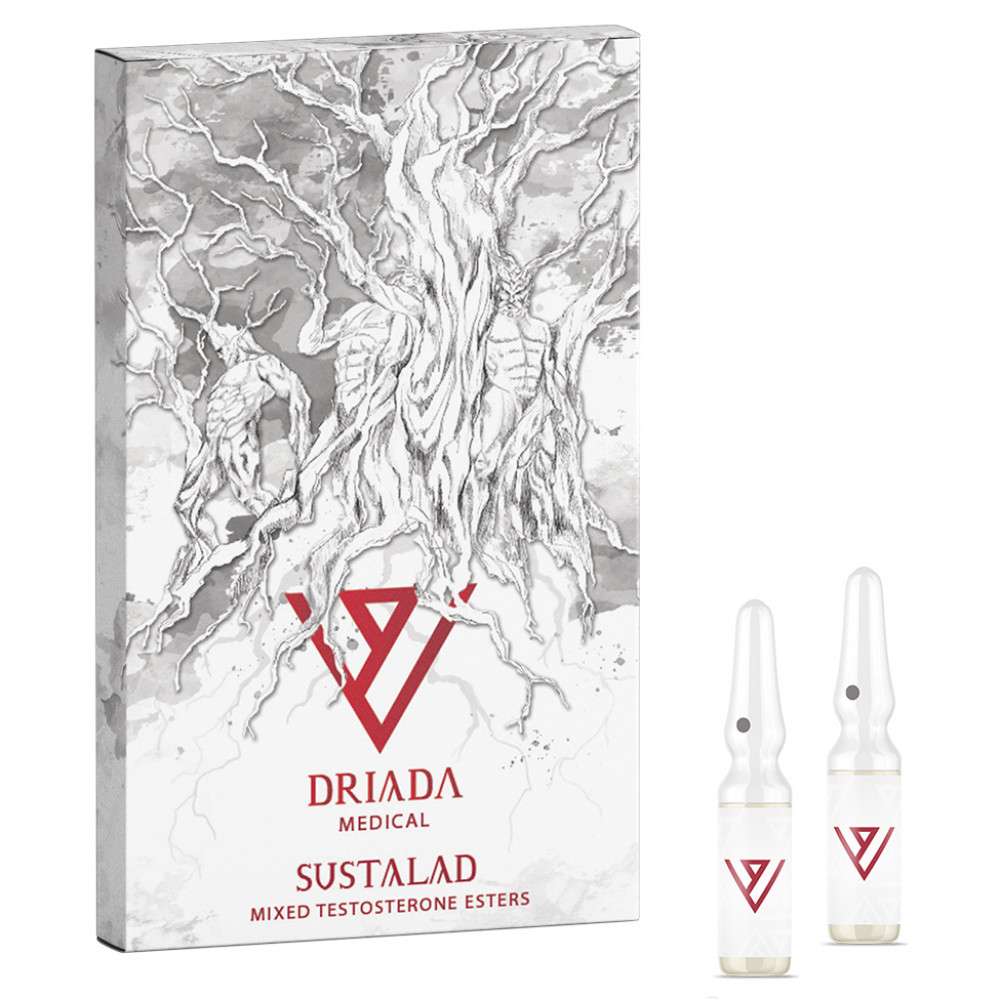
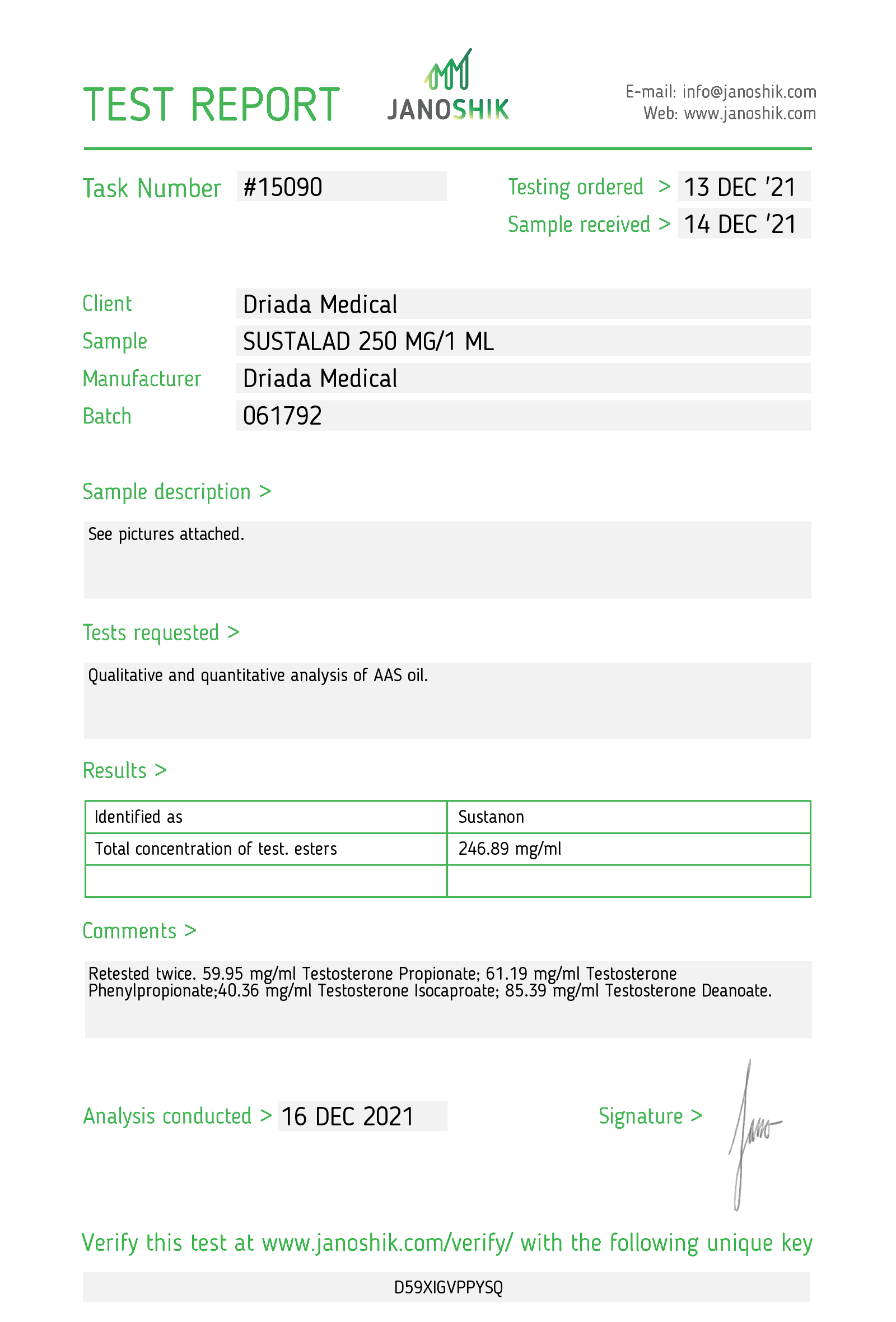

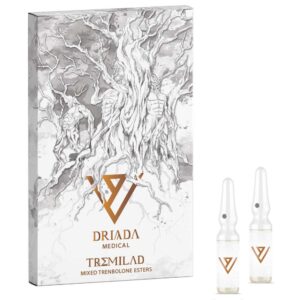
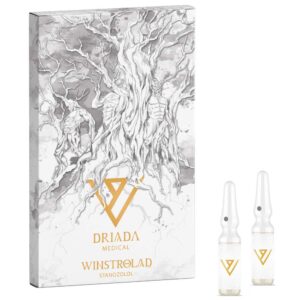
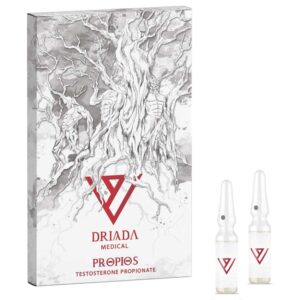
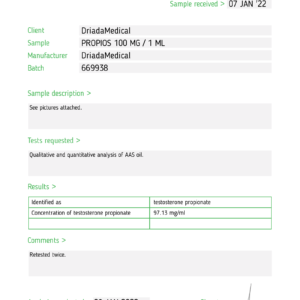
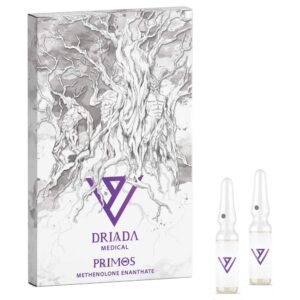
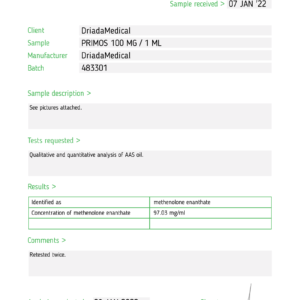
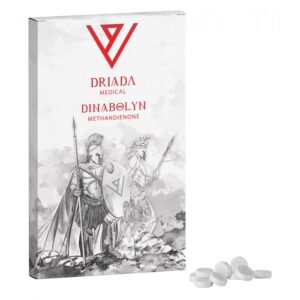
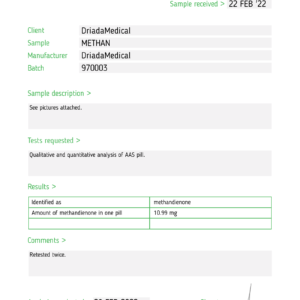
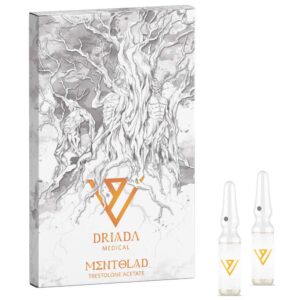
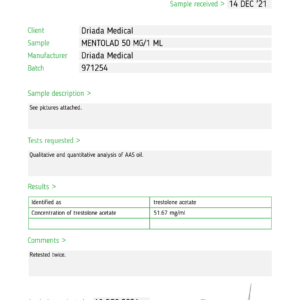
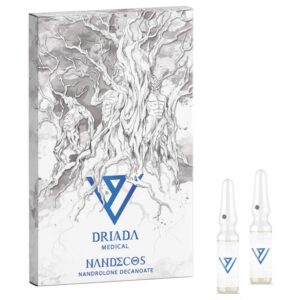
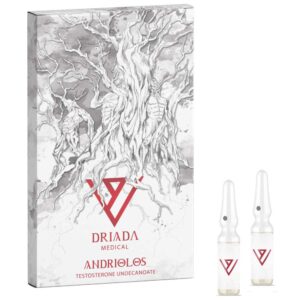
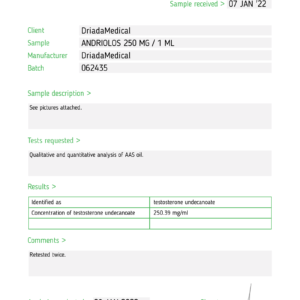
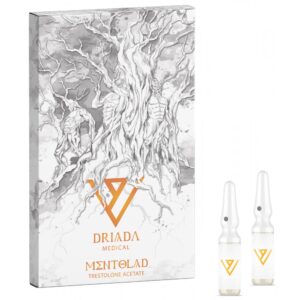
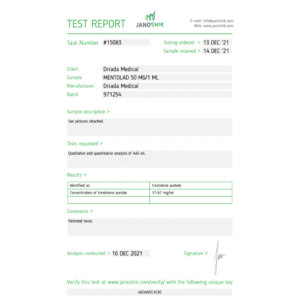
Reviews
There are no reviews yet.